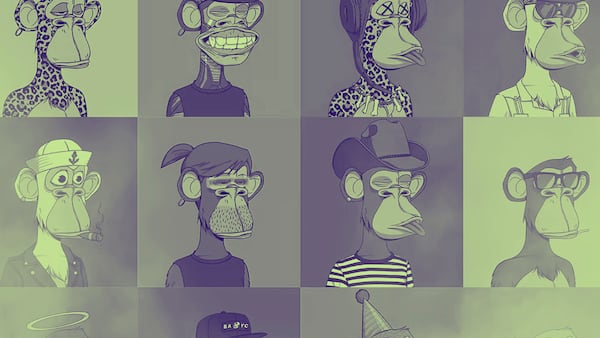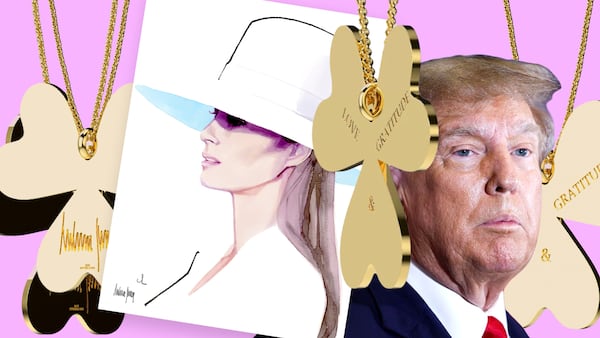- Investors shrug off controversy over the provenance of Damien Hirst NFTs.
- It’s not the first time Hirst has come under scrutiny for backdating his art.
An explosive report revealed that non-fungible tokens in artist Damien Hirst’s The Currency collection were mass-produced years later than claimed.
Officially launched in 2021, the British artist said the artwork for The Currency collection was created in 2016. It’s now been revealed that at least 1,000 of the artworks were produced as late as 2019.
According to data from NFT Price Floor, NFTs from the collection trade for around $3,100. At their 2021 peak, the NFTs sold for as much as $46,000.
But in some NFT circles, the Guardian article — in which one source compared Hirst’s production process to a “Henry Ford production line” — was met with a shrug.
“I don’t waste my time thinking about it,” MaxNaut, a pseudonymous NFT collector who owns 15 The Currency NFTs, told DL News.
“As a holder, I don’t care, it doesn’t bother me,” Paruyr Shahbazyan, an NFT art collector who owns 10 The Currency NFTs, told DL News.
One of the biggest selling points of NFTs is their ability to record the provenance of digital art. Who made the art, when it was made, and a record of every person who owned it is immediately verifiable by checking the blockchain on which the NFT was created.
But when it comes to physical art tied to NFTs, as in the case of Hirst’s The Currency, things get murky.
Hirst, by some accounts, is the most profitable working artist in the world. He was in the vanguard of the Young British Artists movement in the 1990s and shocked the art world with sculptures of preserved animals submerged in formaldehyde.

When he launched The Currency in 2021, the move helped legitimise NFTs and opened up a new avenue for Hirst to sell his work.
At $2,000 a piece, the 10,000 The Currency NFTs brought in some $20 million for Hirst, in addition to post-sale royalty fees.
NFT collector Shahbazyan said it didn’t matter to him that more than 1,000 of the artworks behind the NFTs were produced in 2018 and 2019, despite Hirst’s earlier claim that the entire collection was created in 2016.
He also pointed out that Hirst didn’t hide the fact that not all the artwork was personally created by him.
The Currency is a joint physical artwork and NFT collection consisting of 10,000 unique paintings featuring colourful dots hand-painted on paper.
Initially, the physical artworks, which were retained by Hirst, each had an NFT counterpart.
Just over a year after the collection’s launch, owners were forced to choose between keeping their NFTs or exchanging them for the physical artworks — they could keep one, but not the other.
Hirst later burned the remaining physical artworks that weren’t claimed by NFT holders.
‘It could be clearer’
Backdating artwork to the date of its conception, rather than the date of its production, is not uncommon, Dusty, a pseudonymous digital artist who has sold thousands of dollars worth of art as NFTs, told DL News.
He said that because The Currency artworks are of the same concept and design, he doesn’t see a problem with Hirst producing another batch at a later date to add to the original works while still dating the whole collection back to 2016.
Still, it’s not the first time Hirst has been scrutinized for backdating his art. In March, the Guardian revealed that several of his formaldehyde sculptures were dated to the 1990s, even though they were made in 2017.
At the time, lawyers for Hirst denied he had been deliberately misleading, arguing that it was his “usual practice” to date physical works in a conceptual art project with the date of the project’s conception.
“Perhaps it could be clearer when a collection is conceptualised and when it is completed,” Dusty said of The Currency. “Perhaps that is something Hirst could have been more transparent about.”
Tim Craig is DL News’ Edinburgh-based DeFi Correspondent. Reach out with tips at tim@dlnews.com.




